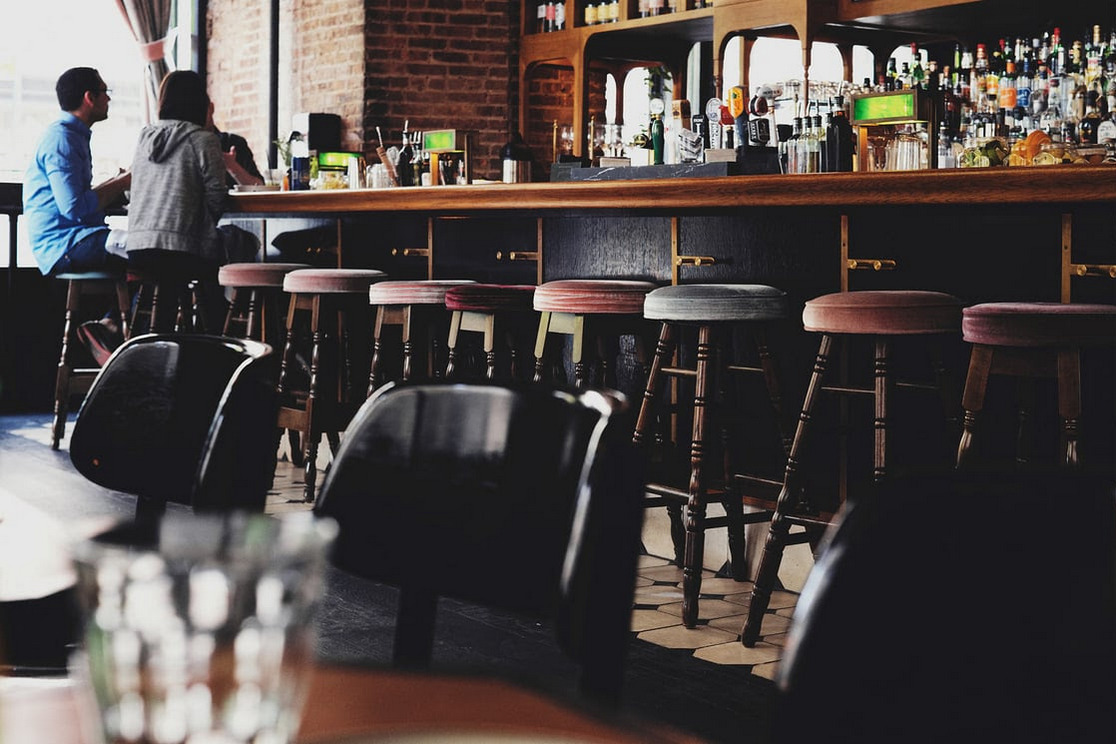1. The Growth Story So Far
Market share rising: From 2017 to 2022, overall beer consumption in Ireland dropped by roughly 2.1%, yet craft beer consumption grew by a hefty 13.5%, lifting craft’s share from 2.9% to 3.4%
Production boost: Independent craft breweries have increased output by nearly 30% while overall beer production rose a modest 0.8% over the same period independentbrewers.ie.
Growing brewery base: Ireland now hosts about 79 independent microbreweries, up from roughly 50 in 2014, reflecting a vibrant “third wave” of craft brewing since 2013
2. Challenges: Macros, Market & Millennials
Macro brewery dominance: Giants like Guinness (Diageo) and Heineken (with Heineken Ireland, Carlsberg, etc.) continue to control tap space, pricing, and distribution—a major barrier to small brewers .
Slowing domestic growth: Despite strong relative growth, absolute domestic sales for craft in Ireland only rose ~2.6% annually before 2017, with most production now geared toward exports (~14.6%) farmersjournal.ie.
Changing drinking habits: Health-conscious younger generations are drinking less, and Ireland’s per capita alcohol consumption has dropped by about 30% over the last two decades
Economic pressures: Inflation has squeezed margins. Between 2018 and 2023, around 16 Irish craft breweries either shut, merged, or were acquired bordbia.ie
3. Points of Resilience & Opportunity
Exports & tourism: With domestic tap space limited, exports have become a key growth driver. Also, “beer tourism” (brewery visits, taprooms, festivals) is gaining traction globally, and Ireland’s brewery scene is a natural draw .
On-site hospitality: Many brewers now operate brewpubs, taprooms, or even pub chains—e.g., Porterhouse, Galway Bay, Brú—to ensure access to customers ibec.ie
Premium & niche positioning: Craft brewers can command higher price points and connect with customers through local identity, sustainability, and quality stories.
Export potential: Ireland exports beer to over 120 countries. Its craft sector, backed by Bord Bia’s craft beer & cider report, is expanding internationally farmersjournal.ie
4. Are Macros Crushing Craft?
Macro moves into “crafty” territory: Diageo launched Hop House 13 (modeled on craft styles) and Guinness 0.0 features craft-style flavour profiles en.wikipedia.org. Heineken and C&C have also released “craft-inspired” brews.
Celebrity stout battles: Conor McGregor’s Forged Stout challenges Guinness—gaining double-digit monthly sales—demonstrating niche opportunity even amidst brand giants thetimes.co.uk.
5. Is the Niche Dying? Far From It.
Consolidation isn’t collapse: Mergers (e.g., Carrig + Brú, Brú + Galway Bay) and selective acquisitions (e.g., Franciscan Well by Molson Coors) are more about scale and survival than sector failure en.wikipedia.org
Steady share in a shrinking market: While the overall beer market contracts, craft has maintained or grown its slice—much like the U.S. experience, where craft held steady at ~13.3% of volume despite a 4% drop in output in 2024 craftbrewingbusiness.com.
Core consumer trends imagine continued relevance: Millennials and Gen Z increasingly value experiences, authenticity and variety; craft meets those demands.
So is Craft beer on the way out
No—but it’s evolving. Craft brewing is no longer about explosive, unchecked growth. It’s settling into a sustainable, niche-focused model—leaning into export, taproom experiences, premium marketing, and resilience through consolidation.
Craft beer is not dying in Ireland—it’s maturing. For those willing to adapt—to pivot on exports, build community, and embrace consolidation—it remains a compelling and viable business opportunity.






